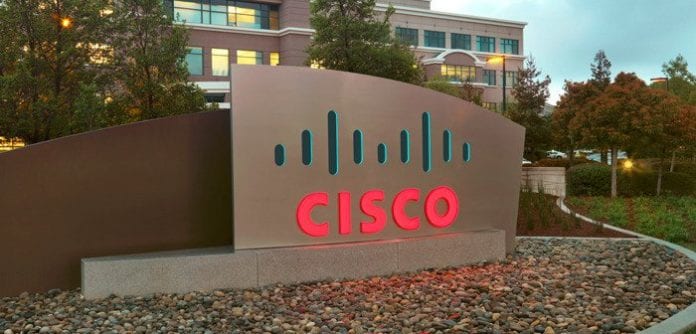Cisco announces updates to network operating systems
Cisco recently announced updates on software disaggregation across service provider, enterprise and data center networking.
The company noted that software disaggregation has been on the rise for a variety reasons. Hyperscale web providers are pushing for disaggregated solutions for their data centers, while service providers have expressed their willingness to move toward disaggregated solutions, according to Cisco. Moreover, original design manufacturers are now selling hardware to customers in addition to niche vendors offering software-only solutions.
To meet these demands, Cisco’s IOS XR for service providers is disaggregated. It can now run on fixed or modular switches and routers powered by Cisco and merchant silicon, x86 servers as virtualized software across public clouds and specific third-party devices.
Additionally, Cisco introduced a modeling software, dubbed Cisco Validated Design (CVD) Configuration Management Templates, for IOS XE, an operating system that automates network operations and provides visibility into user, application and device behaviors using standards-based programmable interfaces. According to Cisco, CVD Configuration Management Templates for IOS XE automate the deployment of Cisco reference designs through the use of declarative configurations.
Moreover, the company introduced application hosting capabilities on the Catalyst 9000 switches and ISR/ASR routers for IOS XE, allowing Cisco and third-party applications to be hosted in Linux containers (LXC) or as a Kernel-based VM (KVM) in its 16.8.1 release of IOS XE this month.
Finally, Cisco said it was offering multiple portability options for its Nexus switches and NX OS, including the Cisco Cloud Scale Switch Abstraction Interface (SAI). The company said SAI enables customers run network operating systems of their choosing with its SAI-ready Nexus platforms. The NX OS can run on third-party hardware platforms too. Cisco is also offering a virtual version of NX OS, allowing customers to simulate anything, such as new features and the transitional fabric state during upgrades.
“As our customers look for more flexibility and portability across their data center network, Cisco continues to deliver open APIs to our networking devices, integration with popular automation frameworks like Ansible, Puppet, or Chef, and programming via any set of convenient programming languages, including Python,” wrote Roland Acra, senior vice president and general manager, data center networking, in a company blog post. “While these APIs obviously play a critical role for our service provider and web-scale customers, openness also means having flexibility to choose the hardware and software combinations that best meet their needs.”

